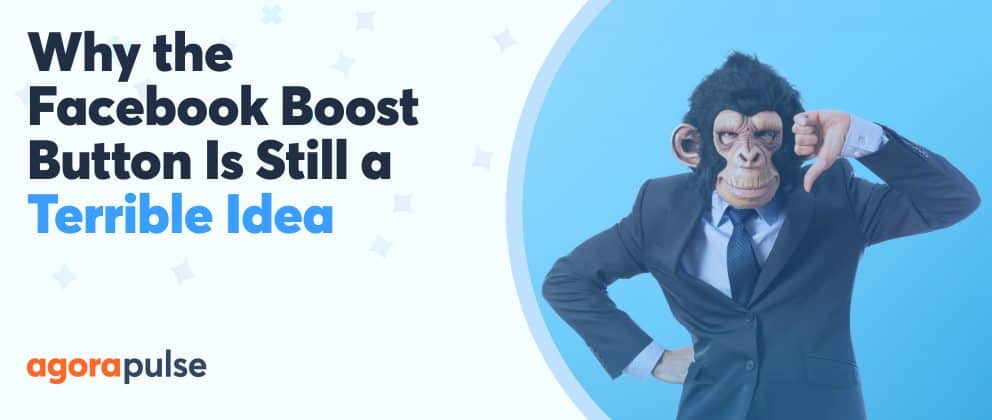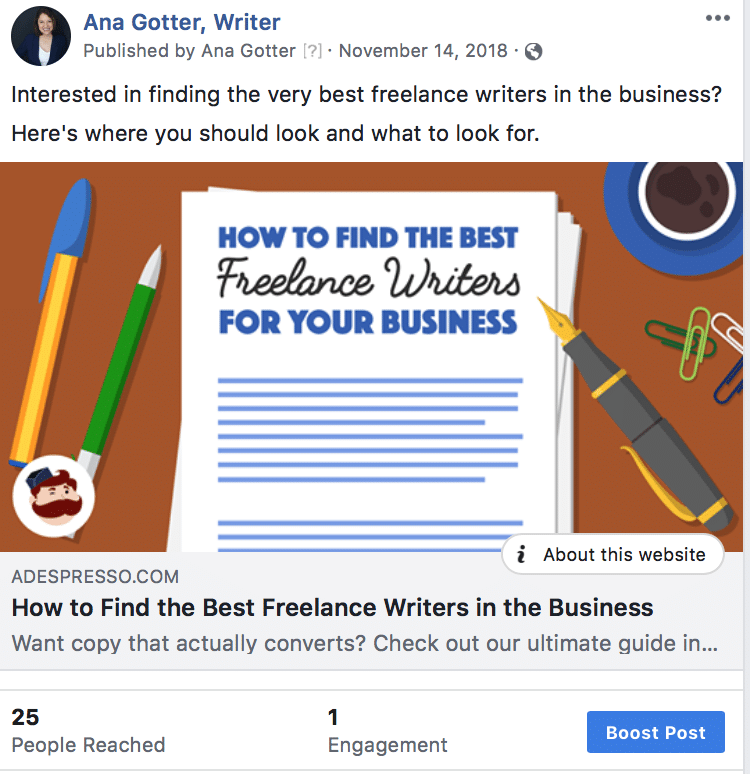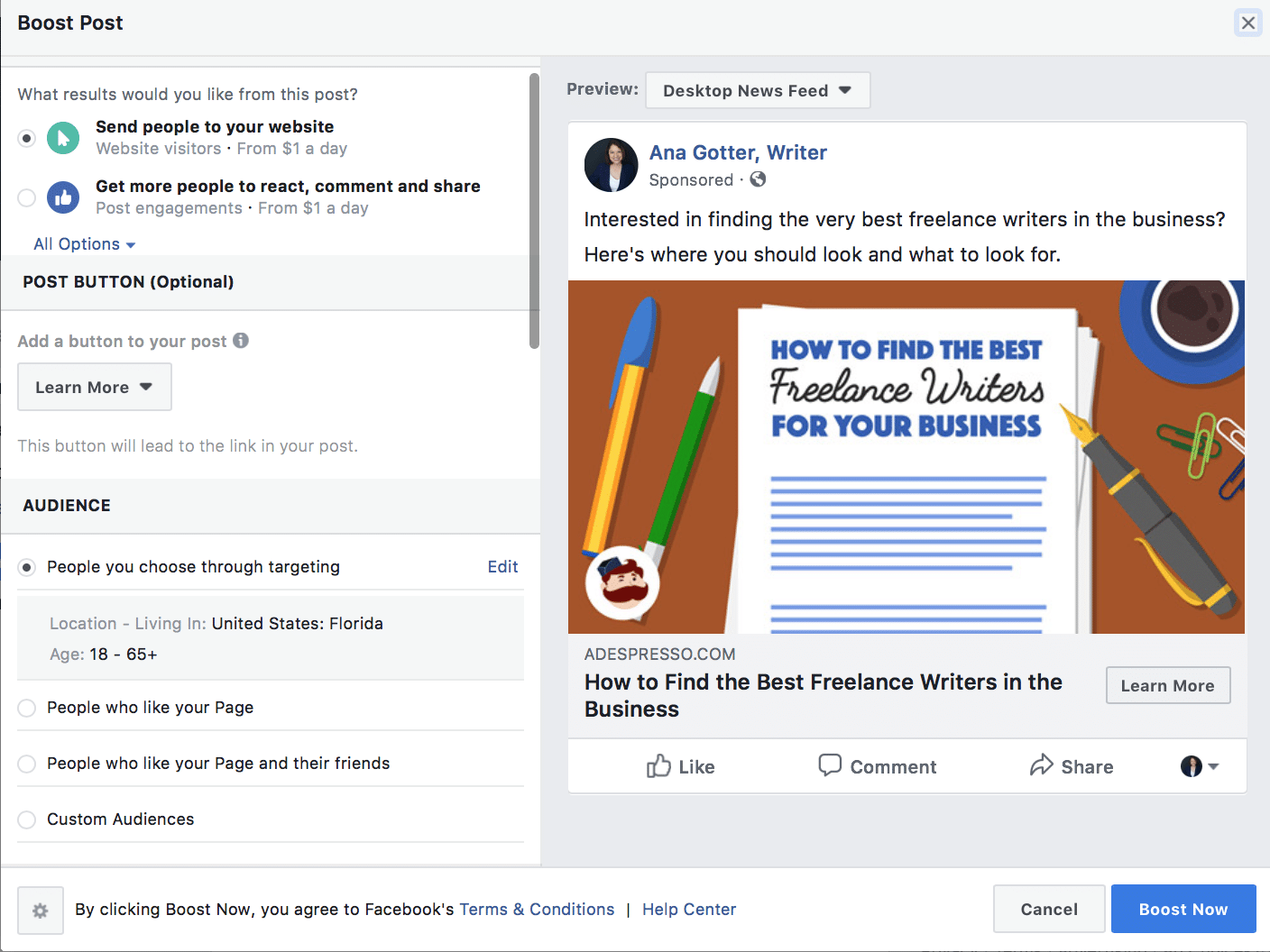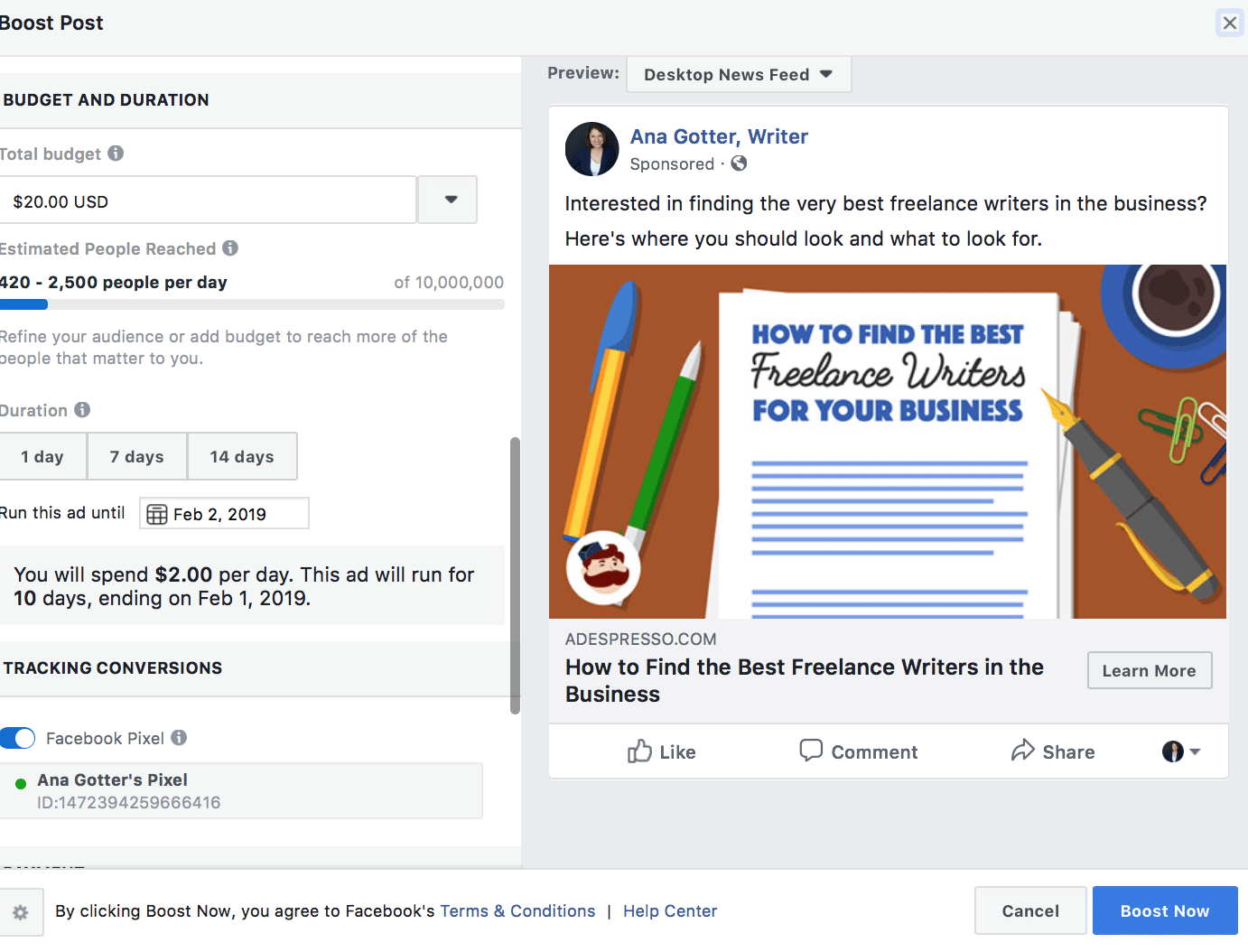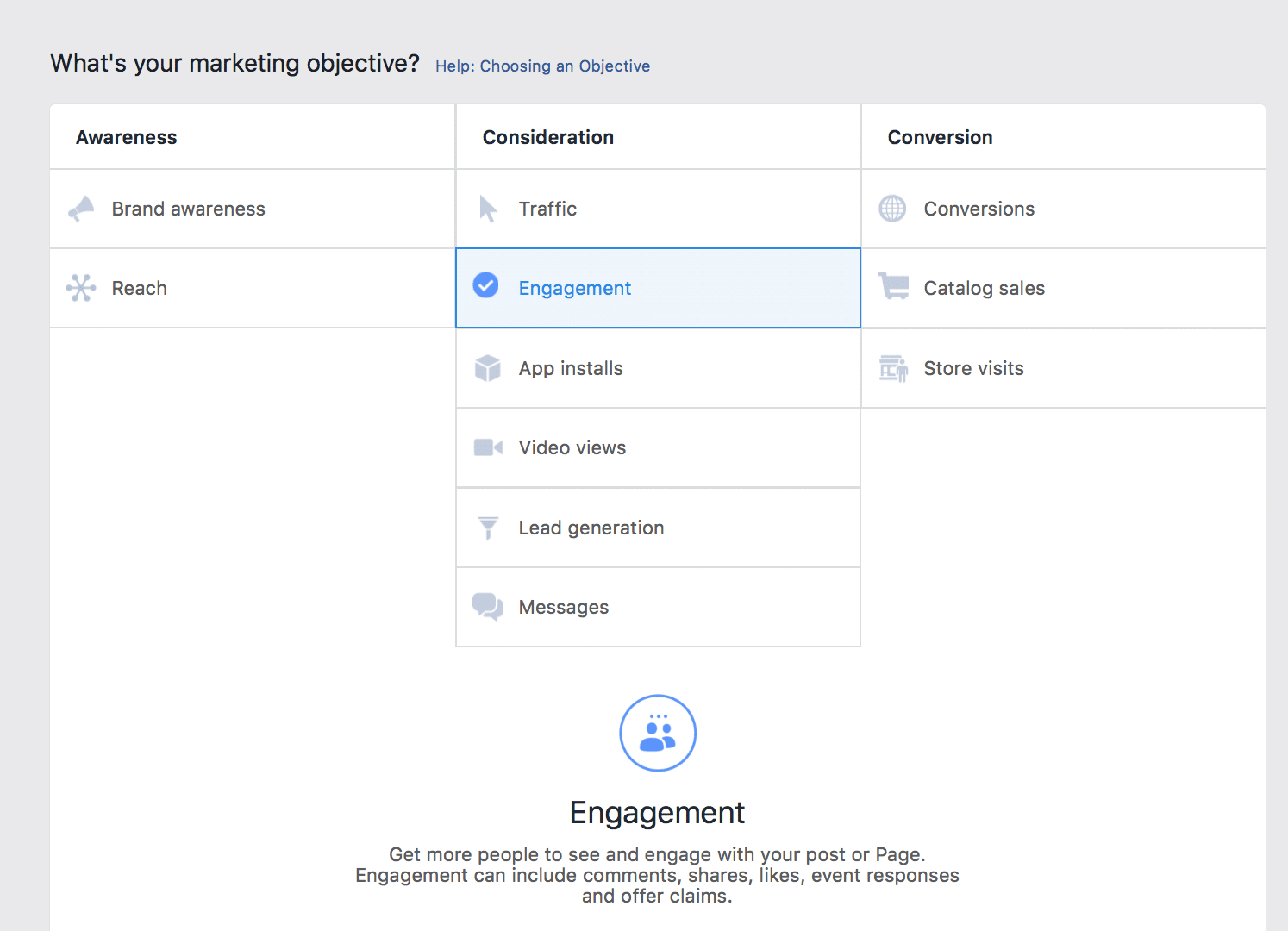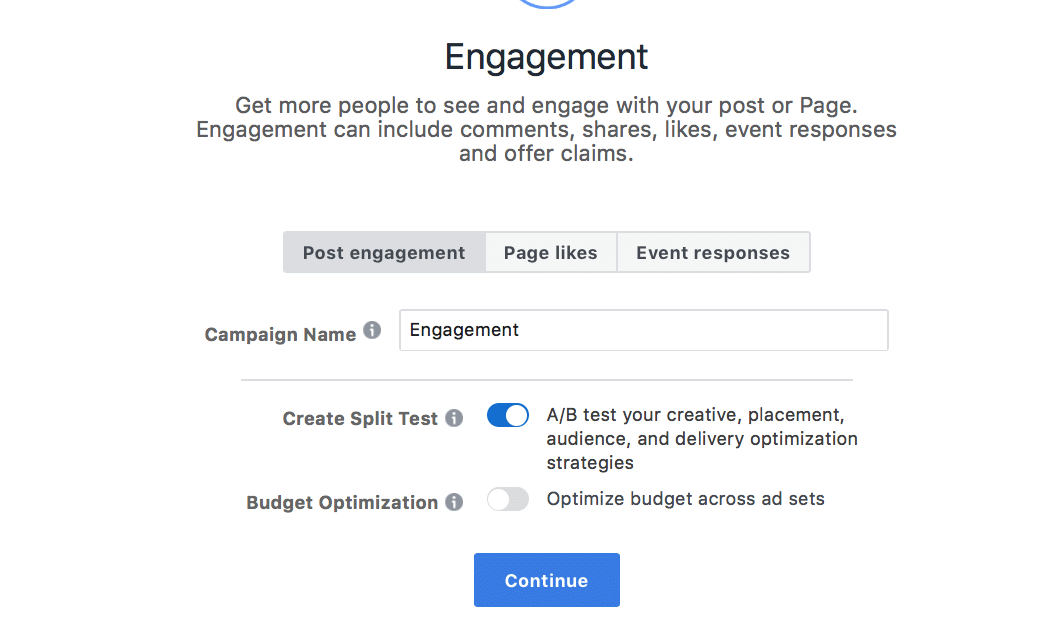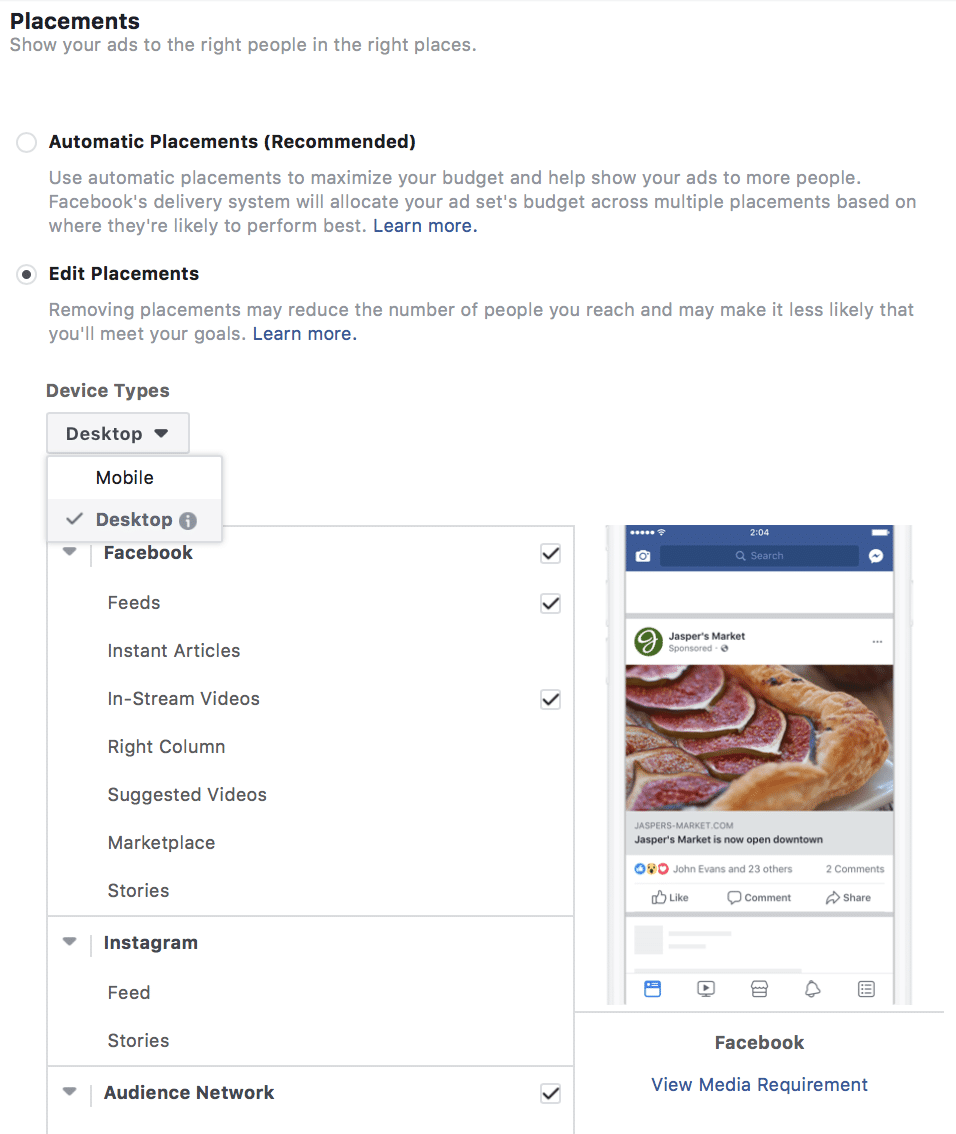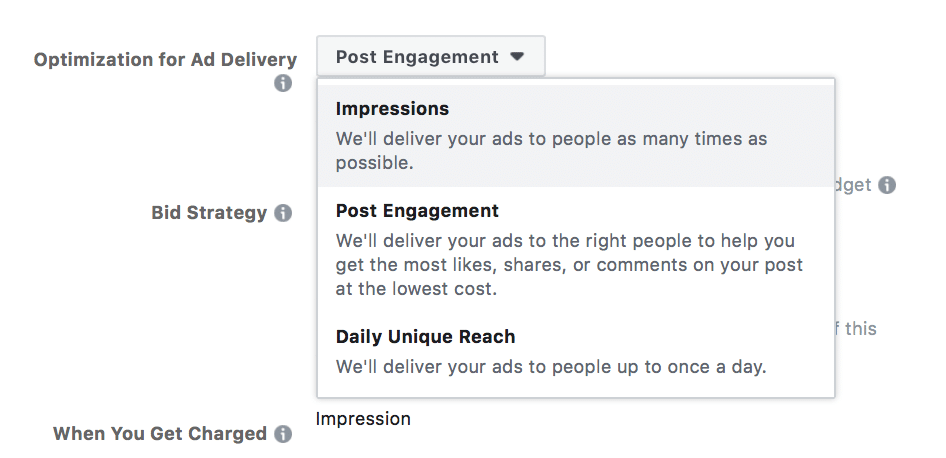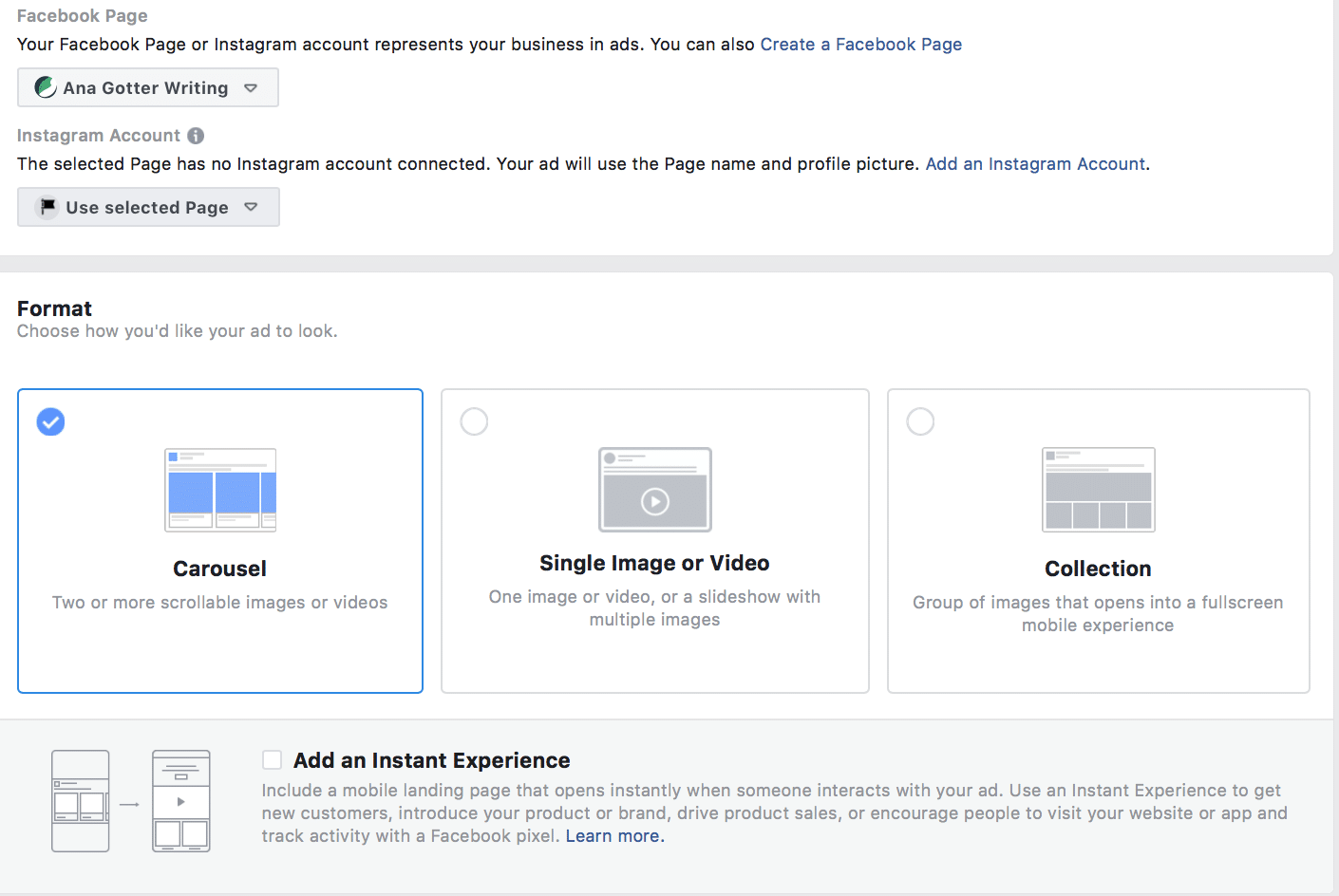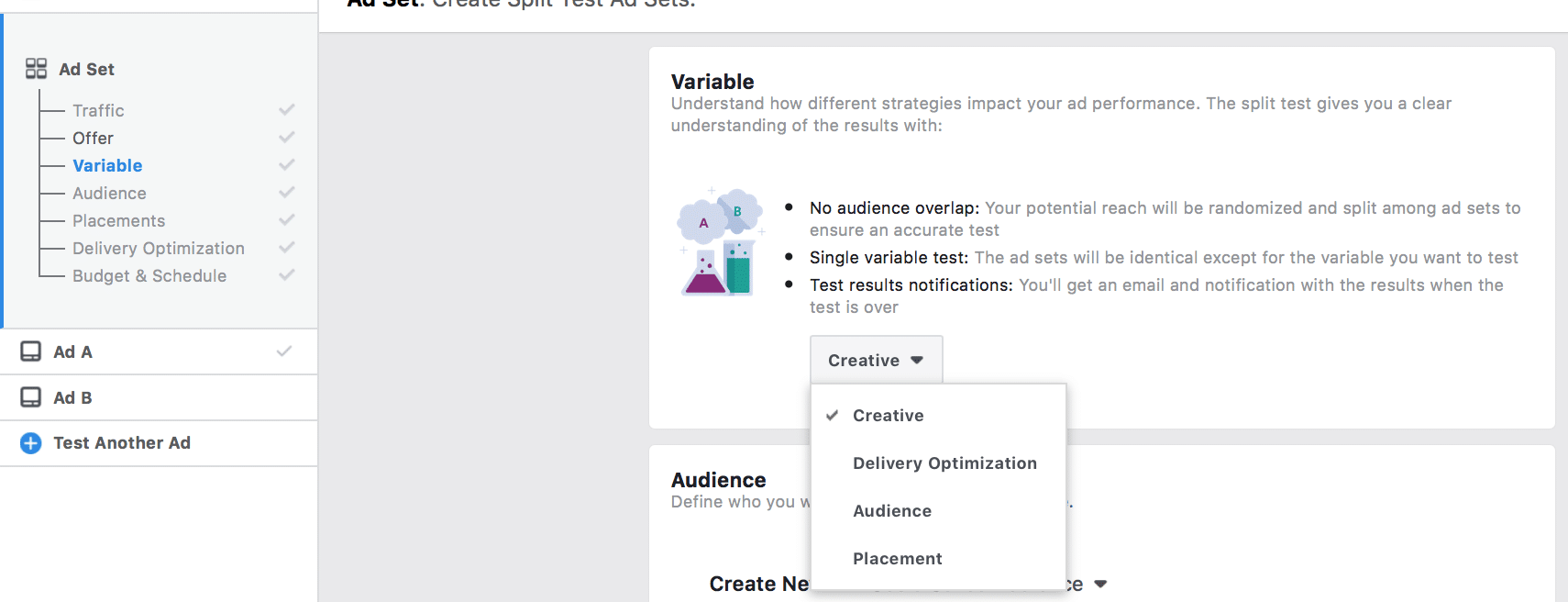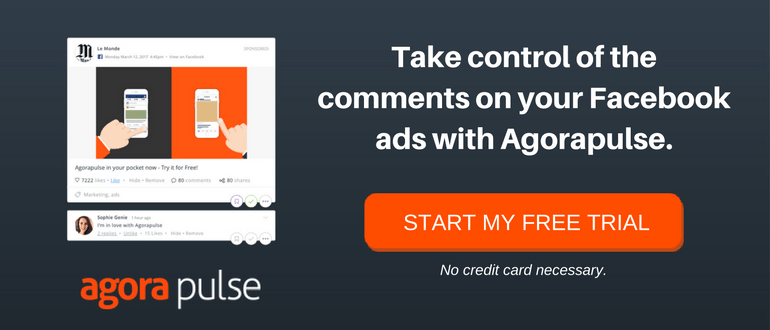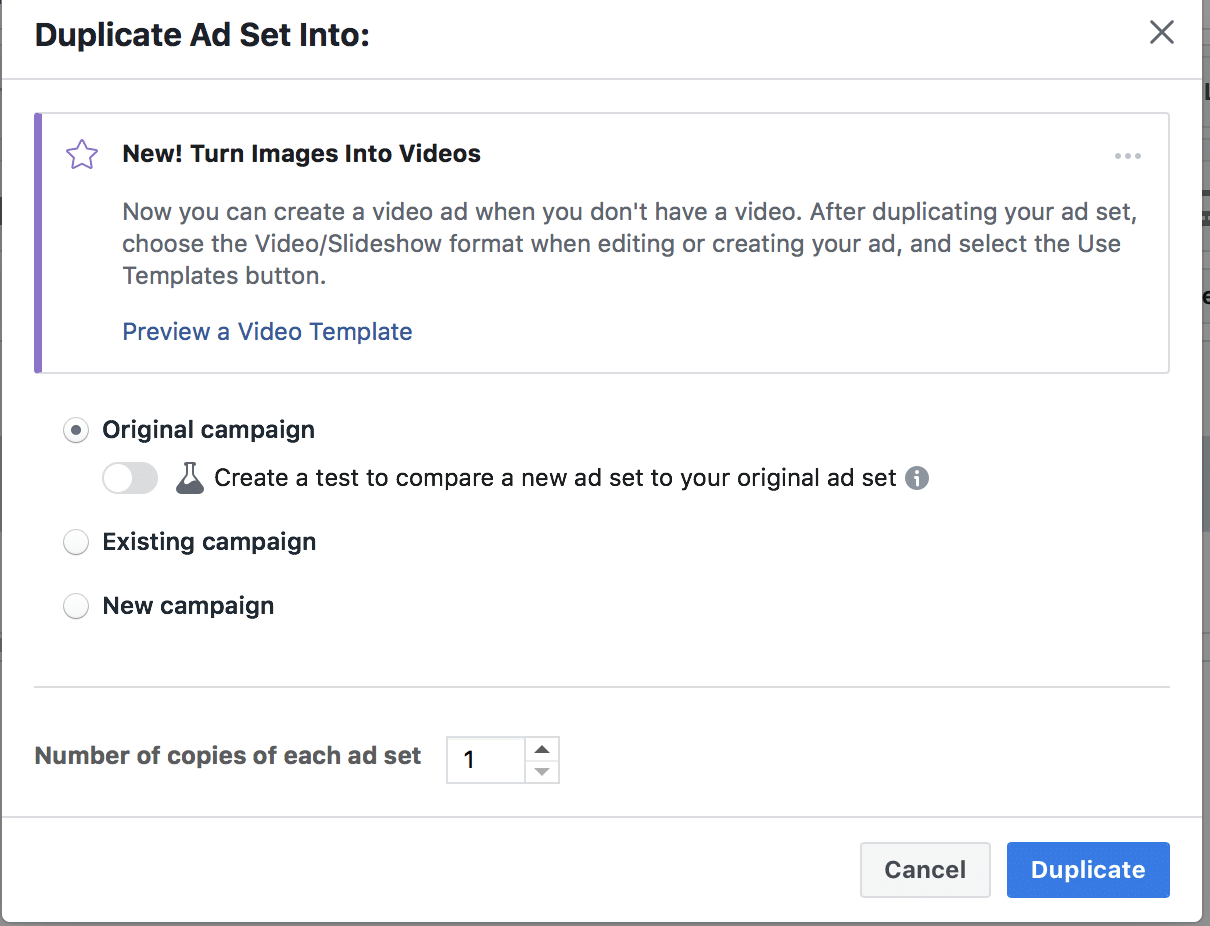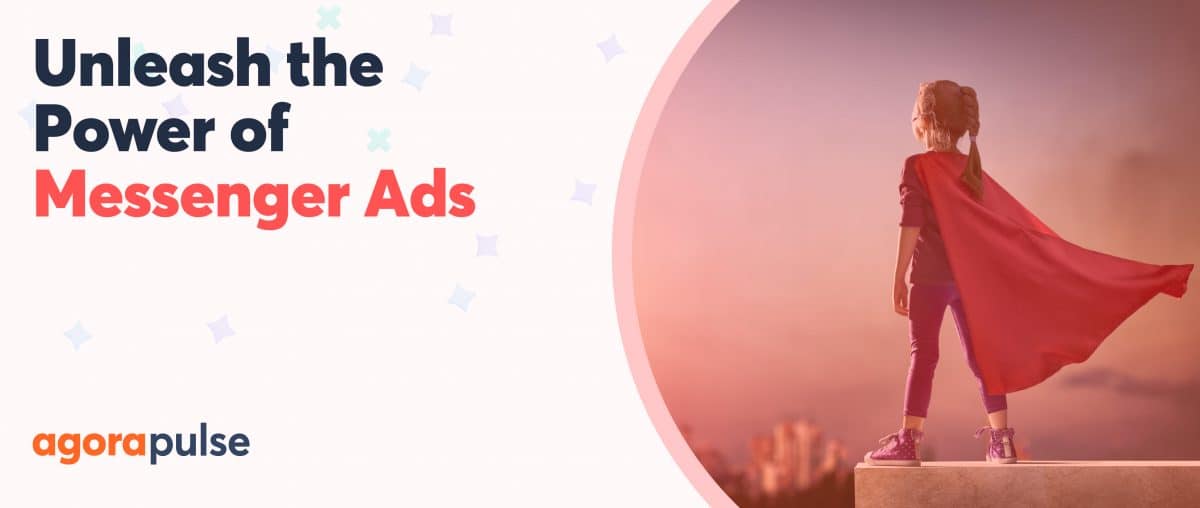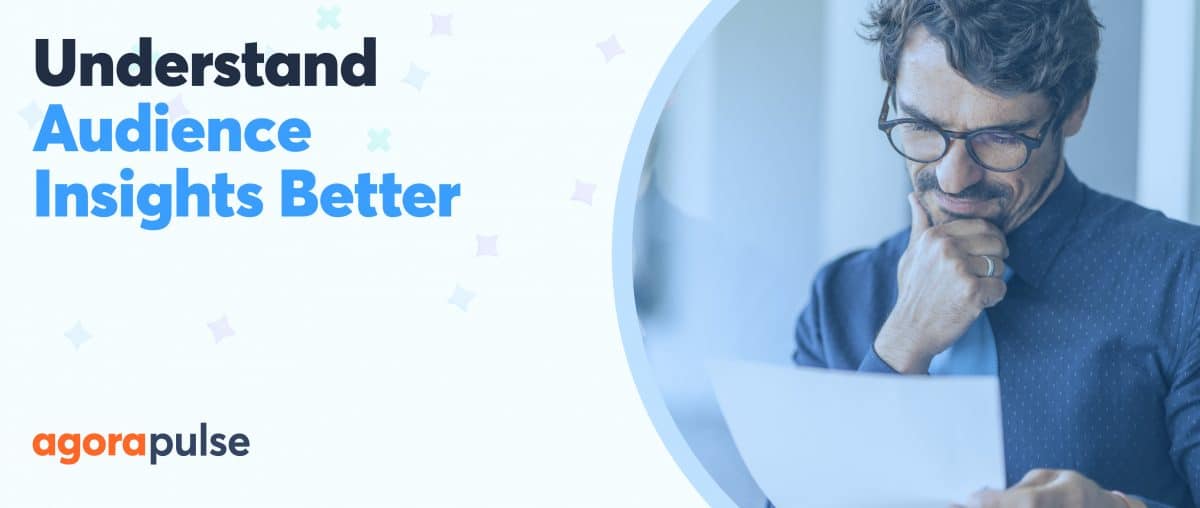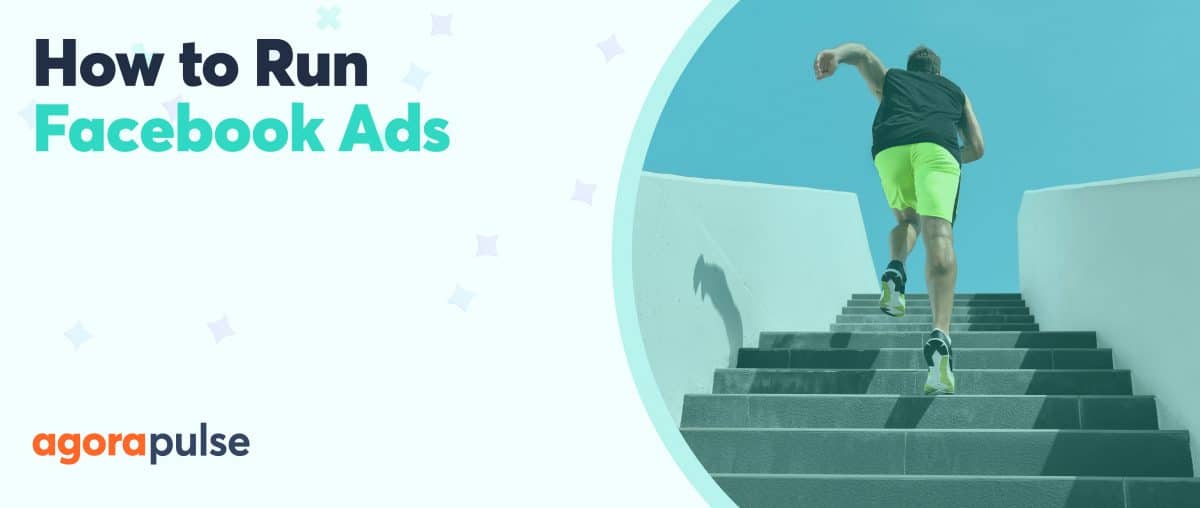Frequent users of the Facebook Boost Post button, listen up: This is an intervention.
That Boost Post option is definitely convenient, and it can be much quicker than going through the ad system. But in this case, convenience comes at a cost. Ad campaigns already can be huge financial and time investments, so you don’t want to take any risks.
Let’s take a close look at why the Facebook boost post option isn’t right for the majority of businesses and how to make the ad system work for you instead.
What Exactly Is the Facebook Boost Post Option?
The “Boost Post” option is technically part of the greater Facebook ad system, but it’s accessed through your actual newsfeed instead of the ads manager. This does make initial ad creation easier, but it requires you to promote specific posts (instead of creating specific ad-only content) and with fewer options about who you want to see your ad and where.
When you view posts on a Page that you manage, you’ll see that blue “Boost Post” option underneath the post itself, alongside its current engagement.
When you click on the Boost Post button, you’ll see that you do have a few options.
You get to choose whether you want to send people to your site or get engagement on the post. You can also add CTA buttons and even choose specific targeting. A recent update now allows brands to go beyond location targeting and to use interest/behavior targeting and custom audiences. You can also target people who have liked your Page, along with their friends.
Next, you set a total budget and how long you want your ad campaign to run. You can enable the tracking pixel if you see fit (which you always should), choose the payment account, and get the promoted post up and running fast.
Are Boosted Posts Different Than Ads?
Facebook Ads are not the same as Boosted Posts, even though the latter is technically a part of the ad system.
Boosted Posts are the promotion of posts that have already run.
Facebook handles a lot of the decision-making process for you. (We’ll look at this in a minute). Facebook Ads, on the other hand, can include paying to promote organic posts but they can also involve creating content exclusive to ad campaigns, which will never live on your timeline.
True ads can more effectively optimized for different actions and give you more control over a number of different factors that affect ad performance.
What You Give Up With That Facebook Boost Post Button
If you’re familiar at all with the full-fledged Facebook Ads Manager (and/or Power Editor, which has merged with the Ads Manager), this will seem dazzlingly simple but also much too limited even with the new targeting options now added in.
The Ads Manager gives you full control and customization over so many factors that the Boost Post option doesn’t (not even after new targeting capabilities were added).
If you choose to opt for the Facebook Boost Post option, here’s what you’re giving up:
1. The option to choose diverse ad objectives, which help you focus your campaign and help Facebook optimize for specific actions and results you want to see
2. The option to create split tests quickly and efficiently, including to test strategic ad factors like audience targeting
3. An essential ability to customize placement options. (This includes where you want your ads to appear and whether you want your ads on desktop, mobile or both. Placements can directly affect ad costs and results, so you want to be able to make these decisions.)
4. An option to exclude categories or publishers of videos that your ad could appear in, particularly for in-stream video ads. (If you want to avoid certain “risky” categories that don’t align with your brand, this is so valuable.)
5. The choice of what you want to optimize for. Even if you choose to run an engagement campaign, you can prioritize the number of impressions (which values the sheer number of times your ad is placed), actual engagement actions, or daily unique reach. Other objectives have additional optimization options.
6. More advanced ad scheduling, including options for dayparting (aka running your ads only at certain times of the day) or if you want standard or accelerated delivery
7. Actual ad creative options. When you’re creating new content, the sky is the limit. Choose from video ads, carousel ads, canvas ads, and more to engage with your audience in the best way possible.
Is There A Better Way to Speed Up Ad Creation?
You’re giving up a LOT every time you hit that Facebook Boost Post button on Facebook. Doing so can take an immediate and direct hit on your ads because the less control you have over them, the less optimized they become.
So, what’s the solution? A lot of businesses and marketers are struggling with the fact that there just aren’t enough hours in the day. They’re falling back on that Boost button as a result.
Fortunately, there are two easy solutions: split testing and duplicating ad sets.
The split testing option is excellent. It allows you to create multiple ads where you keep most ad components the same, but test variations of one key area. You can split test the creatives on your posts, for example.
You can keep the targeting, placements, and budget the same while creating multiple different ad creatives. This will speed up the process significantly if you want to keep things the same aside from the ad itself. And here’s the best part: It speeds up the process without costing you customization.
If, on the other hand, you like the basis of a certain campaign but want to change several key factors in a new ad (including the creative), you can still save time by duplicating an existing ad set or ad that mostly works for you.
If you like the placements and the targeting and only want to switch up the optimization and the ad, duplicate an existing ad set and then adjust it as needed. Doing so will still save you some time while letting you switch things up as needed.
* * *
Facebook’s Boost Post option is definitely an initially appealing one. That’s especially true for businesses trying to wrangle their own social media management. However, the loss of control over your ad campaigns and targeting is not worth the fast convenience. The time and effort that you’ll put into a full ad campaign, however, will absolutely be worth it.
We talked about the downsides of the Boost Post button three years ago. Here’s what we said then
When you optimize every campaign for specific audiences and placements, you’ll have a much higher chance of seeing better results. Don’t give that up.
